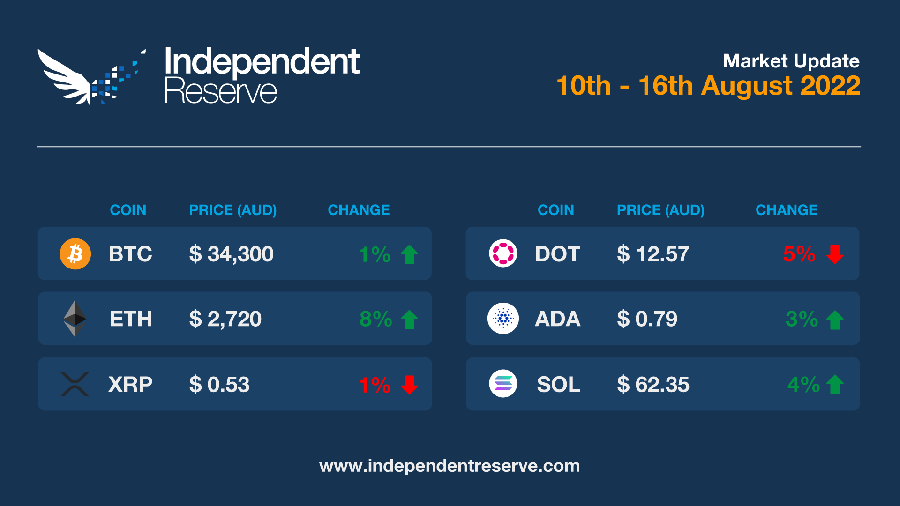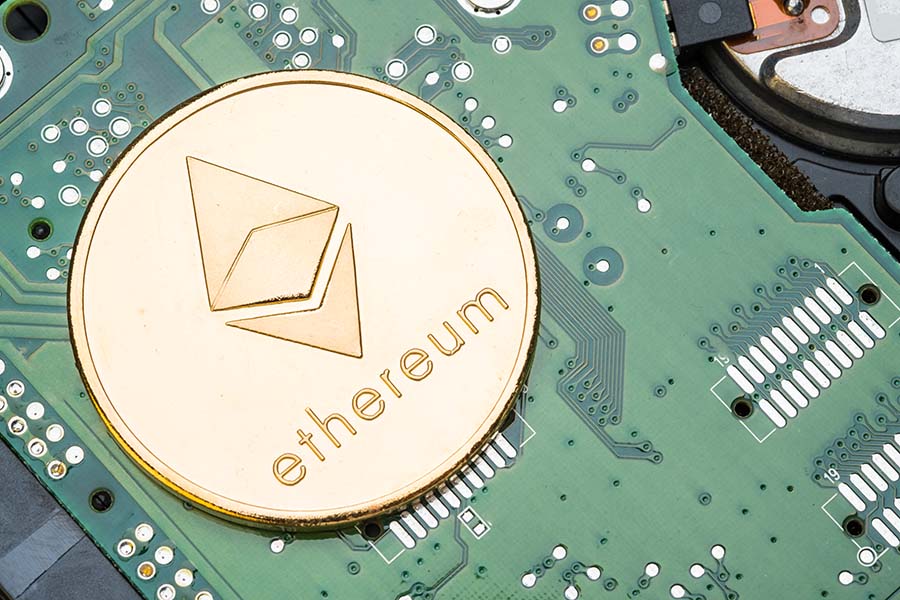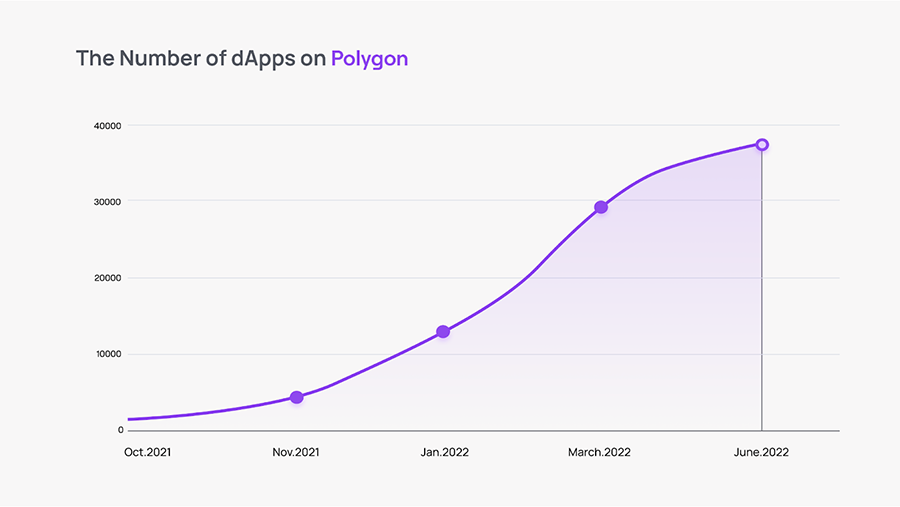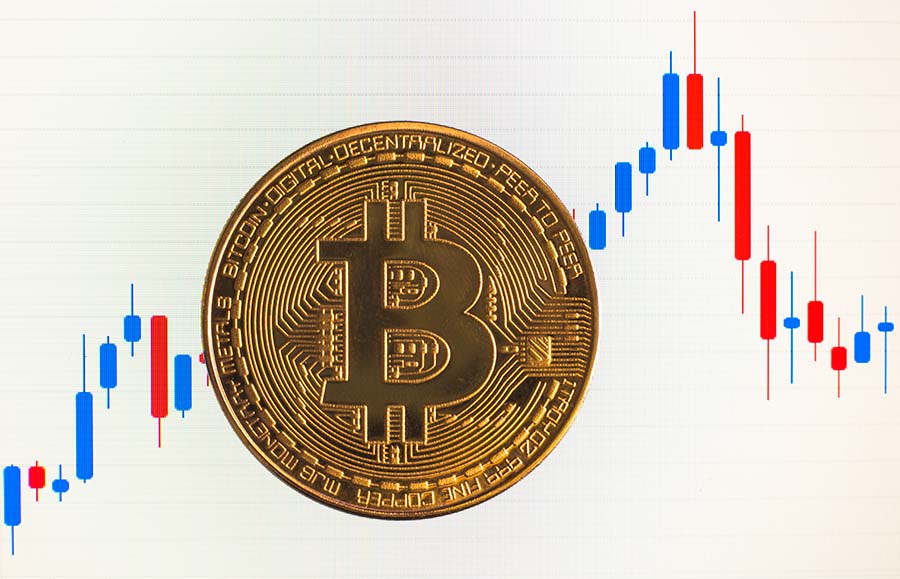In Markets
Ethereum reclaimed the US$2,000 (A$2,850) mark briefly on the weekend for the first time since May following news the Merge is just one month away. It’s currently trading around US$1,900 (A$2,720) marking a 7.7% gain for the week. Bitcoin is also up 1.1% on seven days ago to trade around US$24K (A$34.3K). Cardano increased 3.1%, with co-founder Charles Hoskinson insisting that testing on the delayed Vasil hard fork is going well. XRP lost 1.1%, Solana increased 3.8% and Dogecoin was up 10.4%. The Crypto Fear and Greed Index hit Neutral this week for the first time since April but is currently at 45 (Fear). Interestingly, the Bank of America’s Bull and Bear Indicator for traditional markets has been stuck at 0 or ‘extreme bearish’ for nine weeks in a row. Analyst Jack Dorman argued this week that while Bitcoin is still correlated with the Nasdaq, other digital assets including blue chip DeFi coins and Ethereum decoupled months ago.

From the IR OTC Desk
US inflation appears to have now peaked, creating strong demand for risk assets. Last week, the US Inflation Rate MoM (July) surprised to the downside, printing 0%. This saw the Inflation Rate YoY move down to 8.5% (July) versus 9.1% in June. This was also the case for the Core Inflation Rate YoY (July), which lowered to 5.9% versus 6.1% in June. We have previously highlighted that the Federal Open Market Committee (FOMC) is now data dependent in their monetary policy approach. The relative softness in this data series (inflation being the more significant data point for the FOMC mandate) has stoked risk asset acquisition. In turn, this has been positive for the cryptocurrency complex, which has broadly followed US tech stocks higher on the week.
In Australia, labour market data will prove incredibly important this week – scheduled for release on Thursday the 18th of August at 11:30am AEST. A strong labour market report will likely sustain the expectation of a 50bp cash rate increase at the Reserve Bank of Australia’s (RBA) September meeting. Expectation is for the unemployment rate to move from 3.5% in June, up to 3.6% in July. This outcome would highlight to the RBA that Australia has maintained an extremely tight labour market despite underlying cash rate increases. Any material weakness in this labour market series will significantly unsettle the short-term interest rate market and the expectation of another 50bp increase to the cash rate; as well as put downward pressure on the AUD/USD – which has sustained a move above 0.7000.
On the OTC desk, positive risk sentiment from the Ethereum merge continues to drive high rates of activity. This has been seen in combination with a macro environment more constructive to risk asset enquiry. From a pricing perspective, while ETH has unquestionably been a driver of higher prices, the majority of layer 1s have also matched the pace of price appreciation. To put it another way, ETH has outperformed BTC, but in many instances, underperformed cryptocurrencies further out the risk curve. This raises some very important questions as to the sustainability of the move if US equities were to come under any sell side pressure. Has the price action been driven by underlying demand, or has this move been driven by short-term speculation? USDT and USDC remain the dominant trading pairs for stable coin flows across the portfolio. Expect the velocity of DeFi to remain an important fundamental market indicator of price action post the Ethereum merge.
For any trading needs, please don’t hesitate to get in touch.
In Headlines
It’s on!
It’s finally happening after all these years with the Ethereum Merge scheduled for the week of September 15. The core devs brought forward the date during an Ethereum Foundation Consensus Layer Call during the week. It follows the success of the final dress rehearsal on the Goerli testnet. The planned upgrade, which was flagged way back in the original Ethereum white paper, will see Ethereum move to Proof of Stake and reduce its energy usage by 99.9%. It will also flip the supply into deflation and remove millions of dollars of sell pressure each day from miners. Regular users won’t notice much difference though given it won’t make the network faster or cheaper so the event could still turn out to be somewhat anticlimactic. A proposed Proof of Work fork of Ethereum appears to have little support, with the IOU token for ‘ETHPoW’ falling 50% in a week to trade around US$66 (A$94).

Proof of proofs
Ethereum layer 2 (and layer 3) scaling platform StarkWare has turned on recursive validity proofs which is a big leap forward in scaling tech. The platform has so far been able to compress 600,000 NFT transactions into a validity proof (often called a zero knowledge proof) which is written in a single transaction on Ethereum. Recursive proofs take this one step further and essentially compress a bunch of other validity proofs into a single proof. StarkWare’s co-founder Eli Ben-Sasson said this meant in the near future the tech could write 60 million NFTs (or other transactions) into a single transaction on Ethereum.
Polygon scales too
Ethereum scaling sidechain Polygon hit 37,000 decentralised apps this week, which is a 400% increase since the start of the year. Around three quarters of DApps were exclusive to Polygon, while the rest were also on Ethereum. Around 142 million unique addresses have interacted with Polygon and it has processed 1.6B transactions. Polygon is frantically working on zero knowledge proofs too along with other scaling solutions.

DeFi reaps the whirlwind
The US Department of the Treasury has announced sanctions against the decentralised crypto mixer Tornado Cash, which is either a much needed privacy service or a money laundering platform depending on your perspective. The department said Tornado Cash was used to help launder more than US$455 million (A$648M) for the North Korean hackers Lazarus Group and it blacklisted dozens of Ethereum addresses associated with the smart contract. This led to DeFi protocols Aave, dYdX, Uniswap and Balancer among others to block addresses that received funds from them. This in turn led to a campaign to fire 0.1 ETH to the addresses of well known ETH figures in the hope of convincing them to oppose the censorship. Dutch authorities arrested one of the devs behind the protocol and USDC’s move to freeze stablecoins associated with the sanctioned wallets, led MakerDAO to propose getting rid of its 50% USDC collateral for DAI. Coin Center is examining challenging the sanctions on constitutional grounds of due process and free speech, given the decentralised protocol is just code.
ASIC worried
Joe Longo, chairman of the Australian Securities and Investments Commission, says its research shows that a lot of crypto holders don’t appreciate how volatile the asset class can be. A survey of 1,000 investors, conducted in November 2021 at the market peak found crypto was the second most common investment (held by 44% of respondents) but Longo said: “According to the survey, only 20% of cryptocurrency owners considered their investment approach to be ‘risk-taking,” raising concerns that investors did not understand the risks of this asset class.”
Demand shock for BTC
Skybridge Capital CEO Anthony Scaramucci told CNBC he believes Ethereum and Bitcoin were oversold as “fraud and excess leverage” was purged from the system and interest rates went up over the past couple of months. But he cited Fidelity enabling retirement account products to offer Bitcoin and BlackRock enabling institutional clients to buy Bitcoin as super bullish for the space. “So, to me, I think that these things that are happening right now are going to create a demand shock to Bitcoin,” he said. “So there’s just not a lot of supply of Bitcoin out there, so I think we rally at the end of the year.”

Until next week, happy trading!


